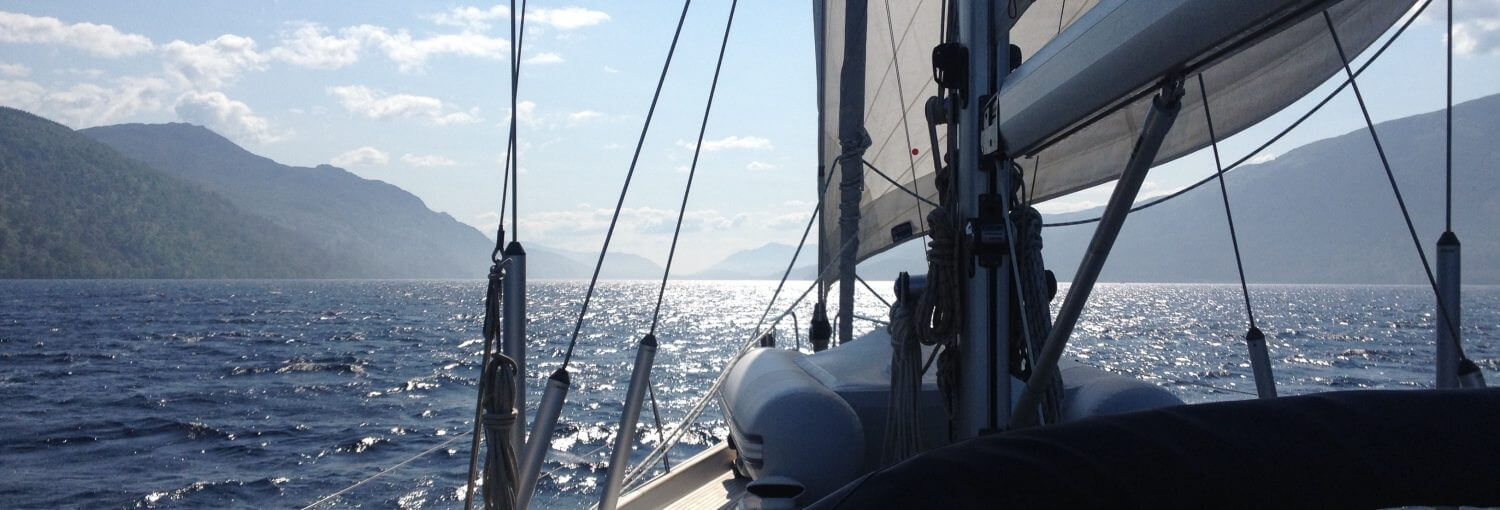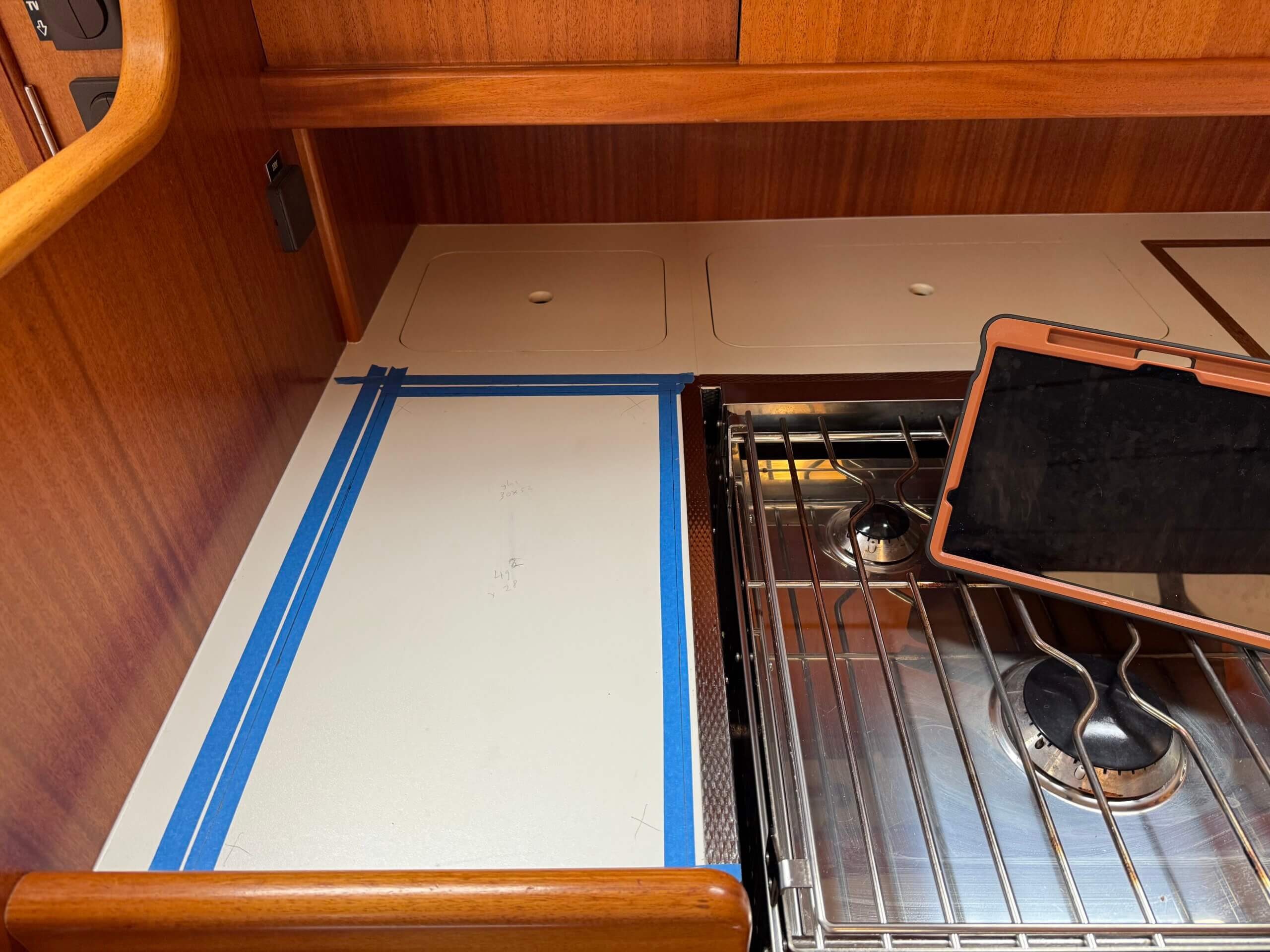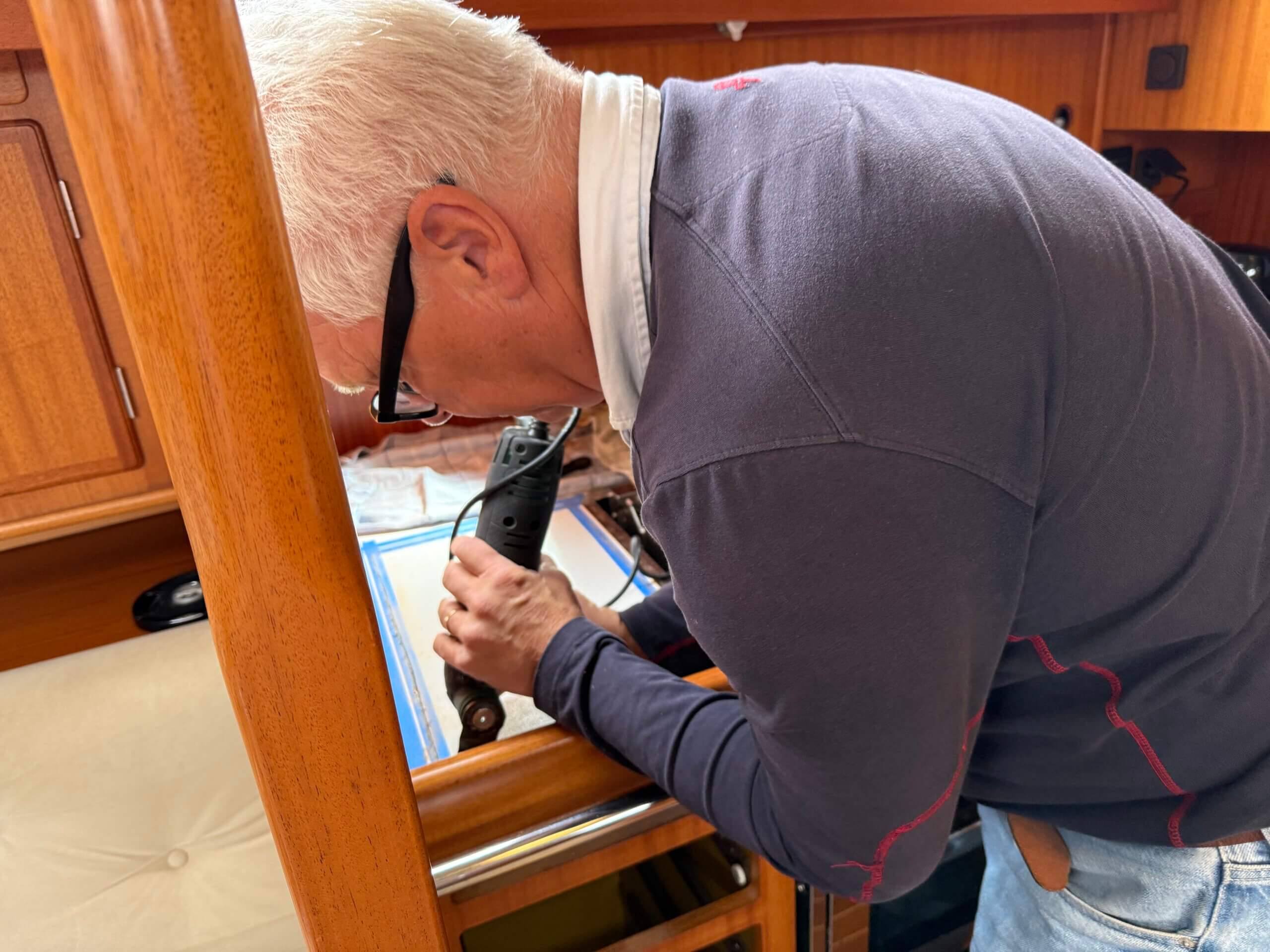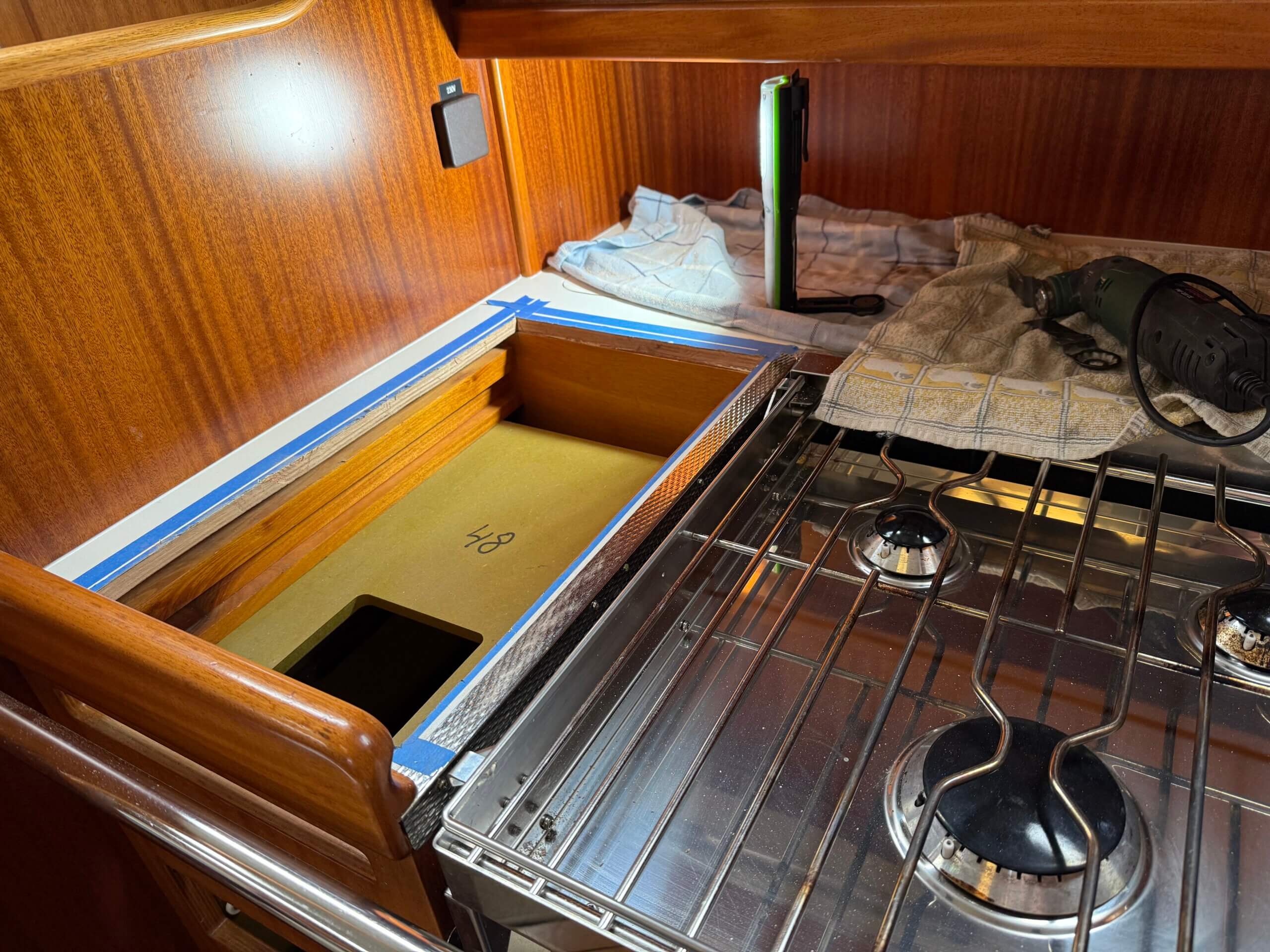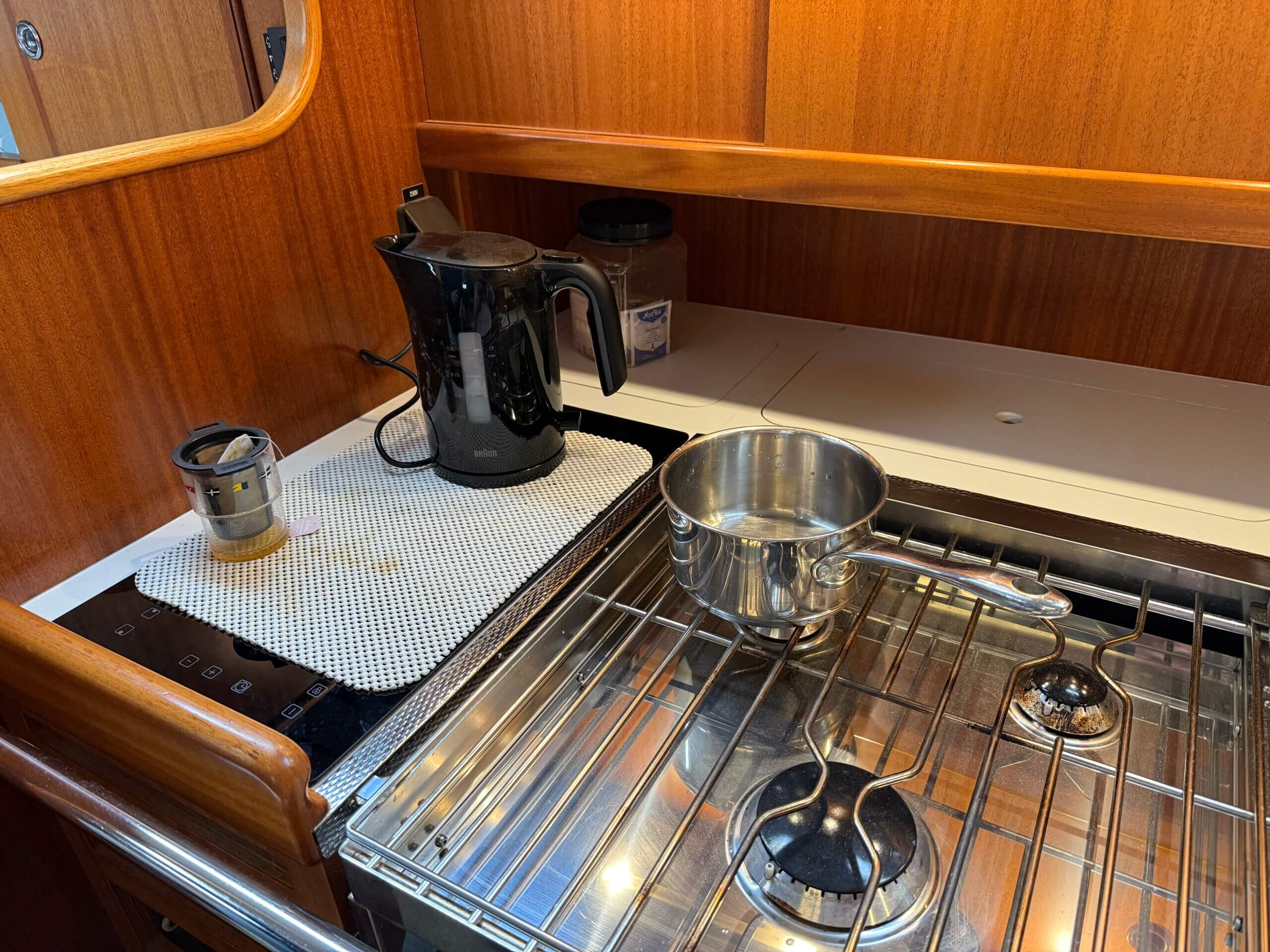Now that we have much more battery capacity due to new lithium batteries it makes sense to buy an induction hob as an additional cooking option. To be able to be independent of gas with it. After all, not everywhere in the world it is as easy to get a gas bottle filled. Besides, electricity is ‘free’ if we pay for electricity in a marina anyway or if the batteries are well filled anyway due to the solar panel and use of the engine.
The most obvious thing to do is to buy an extra hob which can be put down flexibly. But that's too easy thinking for Toine 😎.
Why not go straight for an induction hob for two pans and fit it neatly into the kitchen? No sooner said than done ... the result is really quite beautiful and functional 👌👌.
The induction cooktop is built in next to the gas cooker where I normally have the kettle and teapot on a rubbing mat. This is still possible. Because when we are not using induction for cooking, there is a rubbing mat on top.
While sailing, we continue to use gas because that's where pans can be secured really well. I will also continue to use gas for dishes I prefer to cook on gas (like roasting meat). But for dishes that are fine on induction, like cooking pasta, I will use induction more often. We now use a gas bottle for over two months (and we have three). That will probably become a bit longer than 2 months per bottle. Especially since I recently started using a rice cooker (very nice) and the slow cooker again a bit more often 👍😄.
For those who know HR ... there is a wooden cutting board above the drawers. We don't use that very often, only for cutting fresh bread. The cutting board couldn't stay in place because the induction hob must have sufficient ventilation. We sawed through the cutting board so that from the outside it looks like there is another board but it is only the front. The board itself is in a cupboard for use 😎.
The induction is for in addition, to save gas when we are in port or at anchor and can also be used as an extra ‘cooker’ 😃😊.
